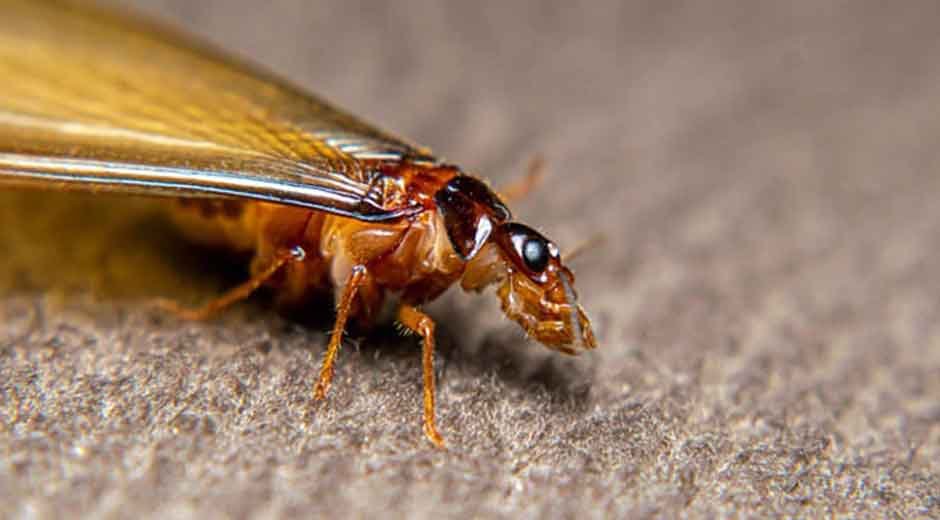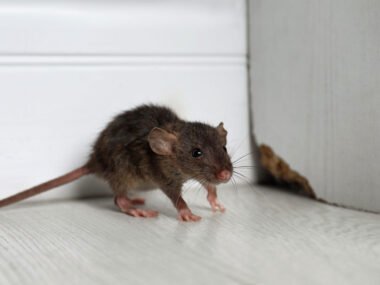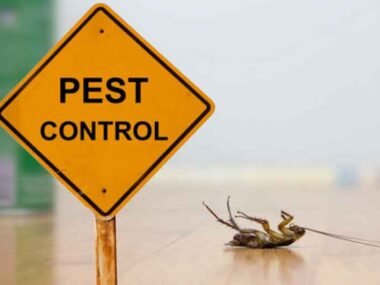Most people think termites are a year-round problem, but these wood-destroying insects actually follow predictable seasonal patterns that smart homeowners can use to their advantage. Understanding when termites are most active, when they reproduce, and how weather affects their behavior can save you thousands of dollars in repair costs and help you time your prevention efforts perfectly.
When Termites Wake Up and Get Busy
Termite activity ramps up significantly in spring, typically starting in March and April depending on your location. As soil temperatures warm up and moisture levels increase from spring rains, subterranean termites become much more active in their search for food sources. This is when they’re most likely to discover your home’s wooden structures and begin their destructive work.
But here’s what catches most homeowners off guard: termites don’t just suddenly appear in spring. They’ve been there all winter, just moving more slowly in the cold. When temperatures rise, their metabolism kicks into high gear, and they start consuming wood at a much faster rate.
The peak season for termite damage occurs from late spring through early fall. During these warmer months, established colonies can literally eat their way through structural timbers around the clock. A mature termite colony can consume several pounds of wood per month, which explains why damage can accumulate so quickly once an infestation takes hold.
The Swarming Season Nobody Expects
Late spring and early summer bring termite swarming season, which is both a warning sign and an opportunity for homeowners. Swarmers are the reproductive termites that leave established colonies to start new ones, and seeing them around your property is often the first visible sign of termite activity.
Different termite species swarm at different times. Subterranean termites typically swarm in late spring, while drywood termites often swarm in late summer or early fall. The timing depends heavily on local weather conditions, but warm days following rain create ideal swarming conditions for most species.
Many property owners contact professional termite control services after spotting swarmers, which is actually the smart move. Swarmers indicate that a mature colony is nearby and actively expanding, meaning the damage may already be underway even if it’s not yet visible.
How Weather Patterns Affect Termite Behavior
Temperature and moisture are the two biggest factors driving termite activity throughout the year. Subterranean termites need consistent moisture to survive, which is why they’re most active during periods of high humidity and regular rainfall. Extended dry spells can actually drive them deeper underground or cause them to search more aggressively for water sources near your home.
Winter doesn’t kill termites, but it does slow them down significantly. In colder climates, termites retreat deeper into the soil where temperatures remain more stable. However, they can stay active year-round in heated structures, which is why basements and crawl spaces with heating systems remain vulnerable even in winter.
Spring rains create perfect conditions for increased termite activity. The combination of warming soil and abundant moisture brings them closer to the surface and makes them more likely to encounter your home’s foundation. This is why spring inspections are so critical for early detection.
Regional Differences in Termite Seasons
Termite seasons vary significantly by geographic region. Southern states with warmer climates may see termite activity year-round, with peak seasons extending from early spring through late fall. Northern regions typically have shorter but more intense termite seasons, usually running from late spring through early fall.
Coastal areas often experience extended termite seasons due to higher humidity levels and milder winter temperatures. Desert regions may have shorter seasons but intense activity during their brief periods of higher moisture and moderate temperatures.
Understanding your local termite season helps you time inspections and treatments more effectively. Most experts recommend scheduling professional inspections in early spring, before peak activity begins, to catch problems while they’re still manageable.
The Best Times for Termite Prevention
Early spring represents the ideal window for termite prevention efforts. This timing allows you to address vulnerable areas before termites become most active, and it gives treatments time to establish protective barriers around your property.
Fall also offers opportunities for prevention, particularly in regions where termites remain active into autumn. Late-season treatments can provide protection through the following spring, essentially getting ahead of the next termite season.
The worst time for termite prevention is mid-summer when termites are already at peak activity levels. At this point, you’re often dealing with established infestations rather than preventing new ones, which typically requires more extensive and expensive treatment approaches.
Signs to Watch for During Peak Season
During termite season, certain warning signs become more obvious and frequent. Mud tubes along foundation walls, discarded wings near windows and doors, and hollow-sounding wood are classic indicators that become more noticeable as termite activity increases.
Soft spots in wooden structures, small holes in drywall, and buckling paint or wallpaper can also signal active termite damage. These signs are often most apparent during peak season when termites are feeding most aggressively.
Planning Your Termite Management Strategy
The seasonal nature of termite activity means timing your management efforts correctly can make the difference between minor prevention costs and major repair bills. Schedule annual inspections in early spring, address moisture problems before the rainy season, and consider preventive treatments during low-activity periods.
Understanding termite seasons also helps you recognize that seeing swarmers or finding damage during peak season requires immediate attention. The longer you wait during high-activity periods, the more extensive the damage is likely to become.
Smart homeowners use the predictable patterns of termite seasons to stay one step ahead of these destructive pests, protecting their property investment through strategic timing of inspections, treatments, and prevention efforts.







